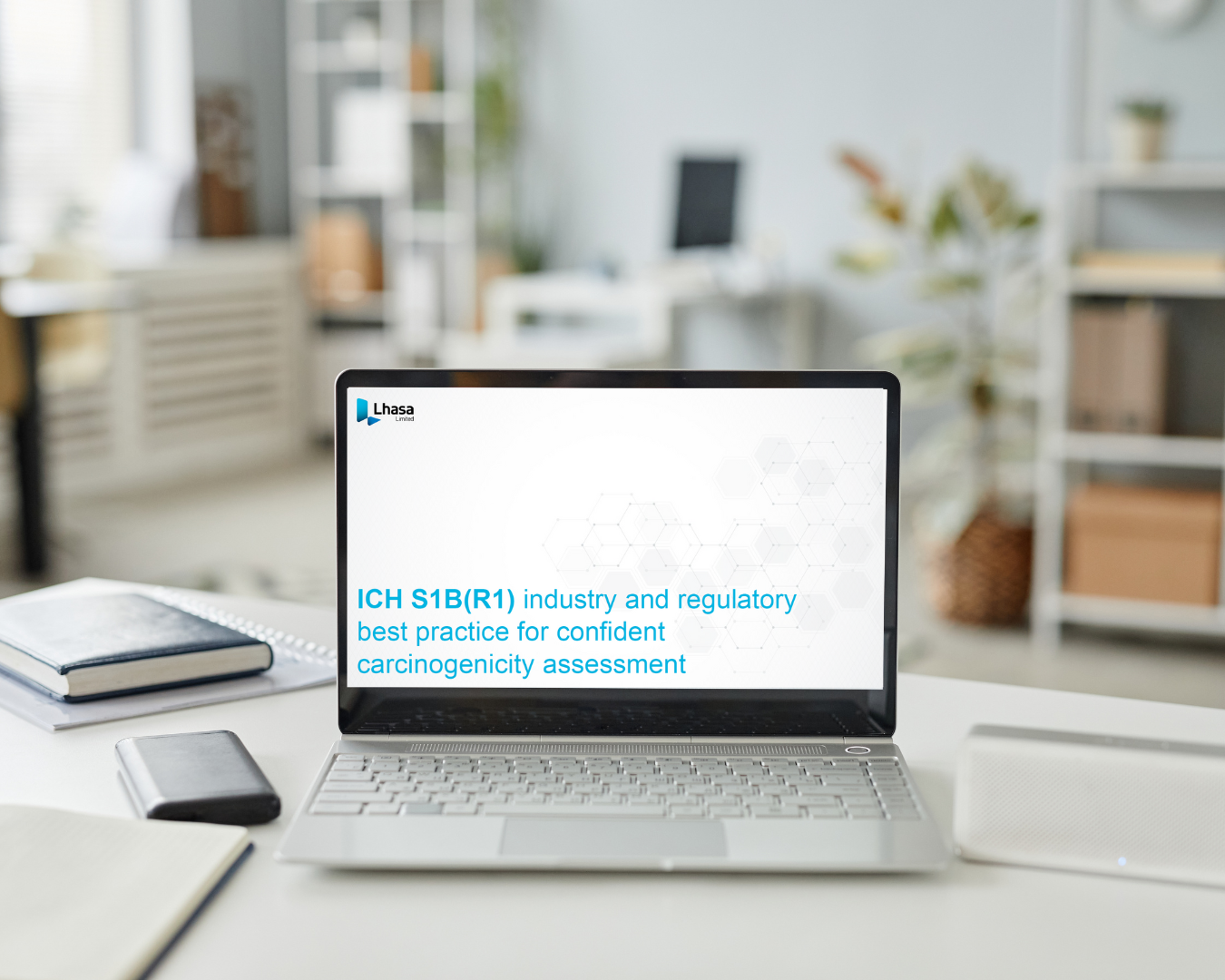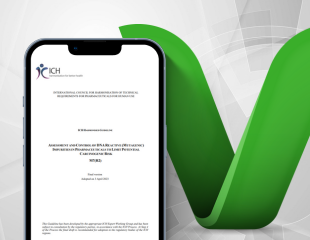If you couldn’t join us for our recent webinar, “Identifying the Formation of Nitrosamines via Degradation Pathways Using an In-Silico Approach,” we’ve got you covered! We explored how Zeneth, our cutting-edge software solution, can help you detect potential degradation issues early in the drug development workflow, specifically in the context of nitrosamine risk assessment.
We were thrilled to welcome two guest speakers from MicroLabs, a valued Lhasa Limited member. Dr Manoj Kumar Singh and Rimita Chakraborty shared insightful case studies demonstrating how Zeneth can effectively identify nitrosamines. If you missed the live session—catch up on the recording. Now, here are the 5 key takeaways from the webinar:
- Early risk mitigation is fundamental
To ensure the safety and quality of drug products, and to have those products approved for market according to regulatory requirements, Zeneth provides important information on a compound’s stability. In addition, Zeneth details the compounds compatibility with other small organic compounds, for example, excipients or leachable impurities from the packaging material, ensuring that potential risks are identified and mitigated early on.
- The importance of impurity and stability testing for regulatory approval
The software can be used to help satisfy requirements under ICH Q3A (impurities in new drug substances), Q3B (impurities in new drug products), Q3C (residual solvents), and Q3D (elemental impurities). The RDC 53 guideline stipulates the need to understand the consequences of degradation with a focus on impurities and stability testing to limit the risk of toxic features. Zeneth predicts the forced degradation pathways of organic compounds under various environmental conditions and supports the identification and assessment of potential degradants whilst considering the effect of excipients and impurities to help satisfy the requirements of the guidelines and support regulatory approval.
- Scoring degradation pathways for better decision-making
Zeneth doesn’t just predict degradation pathways—it also ranks them by likelihood, giving you actionable insights. The software evaluates various factors, including the chemical reactivity of compounds, reaction conditions, data quality, and their position in the degradation pathway. This comprehensive analysis provides clear guidance on which degradation pathways are most probable, assisting you in making informed decisions during the drug development workflow.
- A recent publication has been published to validate predictive capabilities
A recently published benchmarking study in Organic Process Research & Development (OPRD) validated the predictive capabilities of Zeneth. The study revealed that Zeneth could predict 70% of experimentally observed degradants in a given dataset—an improvement from earlier studies thanks to the continuous enhancement of its knowledge base. This validation underscores Zeneth’s growing accuracy and reliability in identifying degradation pathways.
- Comprehensive Coverage of Nitrosamine Degradation Chemistry
Zeneth excels in its coverage of nitrosamine chemistry. Our team of scientists has curated a knowledge base that includes nitrosation pathways. The software considers the functional groups and reaction conditions that need to be present and assesses the likelihood of these degradation pathways occurring under those specified conditions. For example, compounds with highly nucleophilic functional groups receive higher likelihood scores. This robust analysis ensures a realistic assessment of risks associated with your active pharmaceutical ingredients (APIs) and excipients.
Learn about our solution for managing nitrosamine risk and identifying forced degradation pathways of organic compounds by accessing the full webinar recording.
To find out more about how Zeneth can enhance your risk assessment strategies, please get in touch.
Stay updated with our upcoming events and webinars by visiting our events page.
Last Updated on December 5, 2024 by lhasalimited



